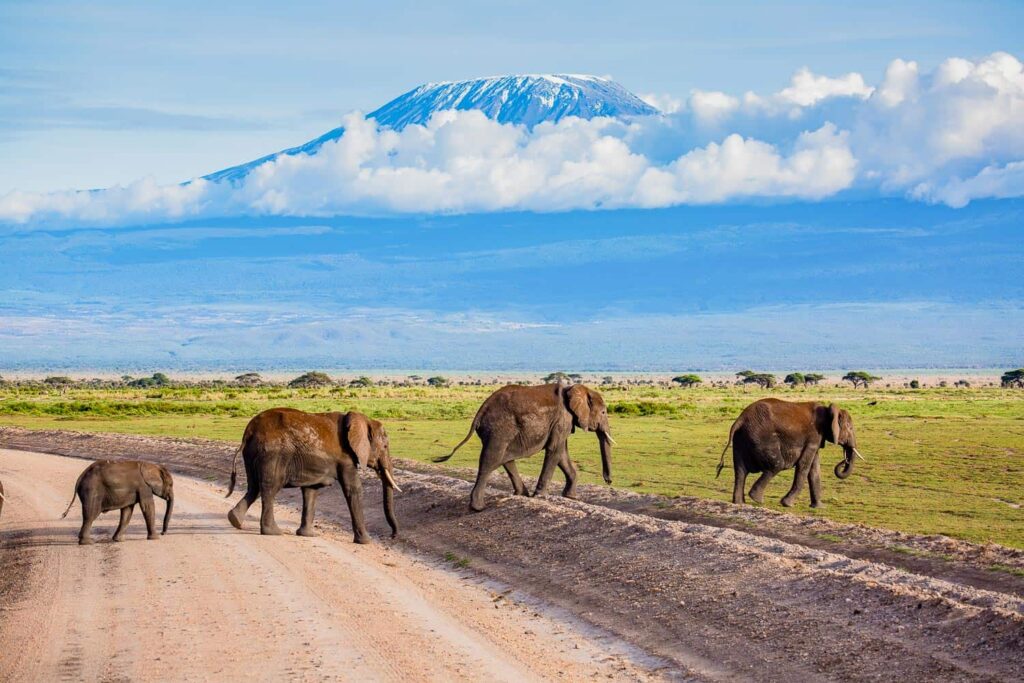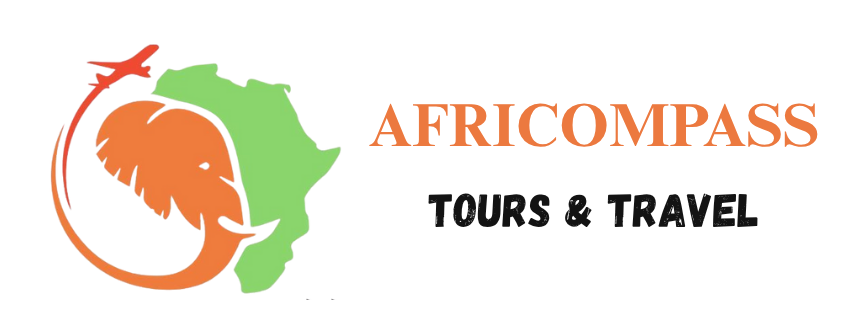
It’s been six months since I landed back in the concrete jungle, yet every time I close my eyes, I’m back in the sun-drenched expanse of the Maasai Mara. The scent of dry dust and acacia, the sound of a distant lion’s roar—it’s all permanently etched into my soul.
Like many of you, the dream of a Kenya safari had occupied my imagination for years. When I finally booked my adventure through africompasstravel.com, I devoured every blog, guide, and packing list I could find. I was prepared, or so I thought.
The reality of being on the ground in Kenya, however, is a beautiful, dusty, exhilarating collision with the wild that no amount of pre-reading can fully capture. There are logistical truths, emotional shifts, and crucial, granular details that only become clear once you are sipping coffee at 5:30 AM, bundled in a blanket, waiting for the first game drive to start.
I’m writing this for the person who is exactly where I was: their finger hovering over the “Book Now” button for a Kenya safari. This is the unfiltered, high-quality, and deeply personal wisdom I wish I could have whispered to my pre-safari self.
Consider this your essential guide to navigating the practicalities and maximizing the magic of your life-changing journey. Let’s make your safari legendary.
The foundation of a great Kenya safari is smart planning. Africa Compass Travel helped me build a fantastic itinerary, but these key planning elements were my personal hurdles.
This is, bar none, the most critical logistical point you must internalize: Small bush planes are the primary method of transport between Nairobi and the reserves (like the Mara).
The Weight Limit is NON-NEGOTIABLE: Most carriers impose a maximum weight limit of 15 kg (33 lbs) per person, often including your carry-on/camera bag. You might think, “I’ll just pay for an extra bag,” but the small aircraft have finite space and strict safety requirements. You will be asked to repack or leave items behind at the domestic airport.
The Luggage Type is Mandatory: Forget your hard-shell spinner suitcase. You must use a soft-sided duffel bag. This is because the bags need to be physically squashed and maneuvered into the tight, oddly shaped cargo hold of a Cessna Grand Caravan.
My Confession: I had to ditch a bag in Nairobi, causing unnecessary stress. Learn from my mistake: pack light, pack smart, and use a collapsible duffel bag.
I budgeted for tips, but I didn’t fully grasp the scale and importance of them in the Kenya safari service culture. Lodge staff and guides rely heavily on gratuities, and providing them is a huge sign of respect for their immense effort.
The Safari Guide (The Most Important): Your guide is your lifeline, your tracker, your historian, and your translator. They spend 8-10 hours a day ensuring your safety and satisfaction. Budget $15 – $25 per guest, per day, given directly to the guide at the end of your safari.
The Lodge/Camp Staff: This covers everyone from the chefs and housekeepers to the security guards. Most camps have a communal tipping box in the main area. Budget $10 – $15 per guest, per day for the general staff.
Other Service Providers: Porters, restaurant waiters, and transfer drivers should be tipped $1-$5 per service rendered.
My Advice: Bring plenty of crisp, clean US Dollars in small denominations ($1s, $5s, $10s). You can also tip in Kenyan Shillings, but USD is widely accepted and preferred.
The Kenyan government has transitioned from the old tourist visa to the Electronic Travel Authorization (eTA) system. You MUST apply for this online well in advance of your flight.
Application: Use the official government portal. It’s an easy process but requires uploading your passport, a photo, and your accommodation details.
Timing: While approvals can be fast, always complete this at least two weeks before your departure. Print a physical copy of the approval and keep it with your passport, just in case.
The game drives are why you book a Kenya safari. These are the crucial elements I wish I had been hyper-aware of when the action started.
I owned a decent pair of binoculars, but I only packed one set for two people. Big mistake. When a cheetah is scanning the horizon a few hundred yards away, the difference between seeing a “speck” and seeing the intense focus in its eyes is a good 8x or 10x magnification.
The Fix: Every person over the age of 10 should have their own pair of binoculars. An 8×42 or 10×42 magnification is perfect for the savannah. It makes silent spotting easier and prevents squabbles over who gets to watch the leopard climb a tree.
The term “Magic Hour” (the soft light right after sunrise and before sunset) is used for photography, but it’s the magic hour for wildlife activity.
Sunrise Drives (The Best): Getting up at 5:00 AM feels punishing, but it’s non-negotiable. This is when predators are ending their hunts, temperatures are cool, and the golden light is ethereal. This is the time for dynamic action shots.
Mid-Day Lull: Between 11:00 AM and 3:00 PM, animals are often napping, hiding from the heat, or moving slowly. This is the time for a big brunch and a siesta at the lodge. Do not waste a precious game drive in the mid-day heat.
Everyone focuses on the 300mm or 400mm zoom lens to capture the close-up of the lion. But the sheer scale of the Maasai Mara is breathtaking, and you’ll regret not having a lens to capture the context.
Capture the Landscape: A wide-angle lens (16mm-35mm) is essential for capturing the vast, stunning panorama—the huge acacia tree against a massive African sky, or the endless line of the Great Migration snaking across the plains.
The Vehicle Shot: Use your wide angle to capture the feeling of being in the 4×4, showing the open roof and the other people looking out onto the scene. These photos capture the memory better than any tight close-up.
Life on Kenya safari is structured, but you need to be prepared for the environmental and social nuances.
I flew from a hot climate and packed assuming perpetual tropical heat. I was wrong.
The Kenya safari experience is dry and dusty. Whether you are driving between parks or on a game drive, the fine red silt finds its way into everything.
Hydration: Dehydration is easy in the dry climate. Drink far more water than you think you need. Your lodge and guide will provide plenty, but always keep a bottle handy.
Dust Protection: A simple bandana or buff worn over your nose and mouth when driving on the rougher roads is invaluable. It saves your lungs and keeps your camera gear cleaner.
I pictured the lodges being buzzing social hubs. While you certainly meet fascinating people, the vibe is often quiet, respectful, and focused on rest.
Respect the Schedule: Most people are up before sunrise and in bed shortly after dinner. Don’t be the group that stays up late making noise; your fellow guests are preparing for an early start.
Embrace the Silence: Use the mid-day lull for quiet reading, journaling, or just sitting on your veranda, listening to the sounds of the bush. It’s a powerful experience to simply be in the environment.
 Phase 4: The Emotional and Cultural Shift
Phase 4: The Emotional and Cultural ShiftA Kenya safari is a cultural and emotional journey as much as it is a physical one.
I went chasing the checklist. I found joy in the unexpected.
Look Closer: A tiny, iridescent bird (like the Superb Starling), a dung beetle rolling a perfect sphere, the comical sight of warthogs running with their tails held high, or the complex social dynamics of a baboon troop. These are the details that fill the space between the big sightings.
Focus on the Interaction: Seeing a lion is great. Seeing a lioness patiently teaching her cubs to stalk a gazelle is unforgettable. Train your eye to watch the behavior, not just the presence.
When booking with Africa Compass Travel, I opted to spend time in a Conservancy bordering the main Maasai Mara National Reserve. This was a stellar decision.
What is a Conservancy? It’s land leased from the local Maasai community for conservation. It means fewer vehicles, stricter adherence to off-road rules, and higher fees that directly support the community and wildlife.
The Benefit: In the Conservancy, we experienced almost private game drives, fewer “traffic jams” at high-profile sightings, and had the ability to do night drives (not allowed in the main Reserve) and guided walking safaris, two incredibly different and enriching ways to experience the bush.
Nairobi is often treated as just a landing spot. While it can be chaotic, it’s a vibrant, fascinating capital that warrants a day or two.
The Cultural Bridge: Visit the Giraffe Centre or the Sheldrick Wildlife Trust to see the vital conservation work happening right next to the city. It provides a deeper context for the wildlife protection efforts you’ll see in the reserves.
Logistics: Starting your trip in Nairobi allows for a smoother transition, a necessary rest after the long international flight, and time to adjust your bags for the internal flight limits.
My time in Kenya with Africa Compass Travel’s local partners was everything I hoped for and more. It taught me that while preparation is key, the real magic happens when you let go of the rigid expectations and simply let the African bush wash over you.
You’ve got the knowledge now, the secrets of the logistics, the demands of the camera, and the reality of the routine. All that’s left is to embrace the adventure.

 Get Support!
Get Support!